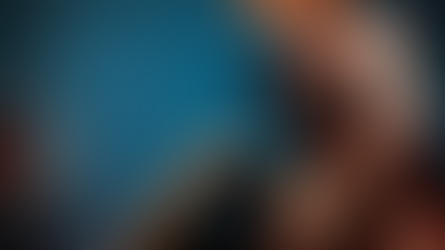Review: 'Capturing the Moment' at Tate Modern
- Samuel Blackburn
- Jul 1, 2023
- 3 min read
★★★★☆

Cecily Brown, Trouble in Paradise, 1999. © Cecily Brown. Image © Tate.
The Tate galleries love putting sentences on the walls. Sometimes, they are even at diagonals, or running over crevices, just to be especially exciting. It is this kind of futile extravagance that characterised the recent festival of drollery, ‘The Rosettis’ at Tate Britain, which was all filler, no killer. You felt them stretching your patience from the off, with the enormous first room having only recordings of Christina Rossetti’s poems and one sketch by her brother, and this new exhibition is much the same in terms of its curators’ ambitions. Perhaps the Tate will one day read the writing on the wall and take the writing off the wall.
However, a selection of modern masterpieces rescues ‘Capturing the Moment’, Tate Modern’s latest, from complete boredom. The first and last rooms have little to do with the supposed theme, the link between photography and painting. Whilst the opportunity to see a Bacon pope is to be taken, and anything by Cecily Brown is to be cherished, it’s nonetheless hard to imagine the curator’s discussions going any other way than: but what do they have in common? They’re… both of people? Sure! Let’s go with that. Most of the artworks do not work in terms of the exhibition’s stated aims, but they do work in terms of mine.
Essentially, the exhibition goes:
Good paintings
Good photographs
Good photographs that look like paintings
Good paintings that look like photographs
More good paintings
This is not the wildest structure that the art world has ever seen, but the middle three rooms express the theme of photography/painting best. Andreas Gursky’s photograph ‘May Day IV, 2000’ is a goldmine for my fellow people-watchers: amongst the mass of hundreds of party-goers photographed, each one can be seen clearly, and the picture invites us to judge and attempt to explain them. It prompts questions like: why does he look so miserable? Is she dancing or falling? Why would he buy a t-shirt saying “Losing is nature's way of saying you suck”, and where can I buy one? This type of detail and level of intrigue would be difficult in or lost by switching to painting, and so the strengths of each medium are being explored and explained well here by Gursky’s panoramas.

Andreas Gursky, May Day IV, 2000. YAGEO Foundation, Taiwan. © Andreas Gursky. Courtesy Sprüth Magers Berlin London DACS 2023.
In the next room, Hiroshi Sugimoto’s seascapes first resemble modernist two-tones, but as you notice the block of blue are gently rippled, it slowly becomes a haunting evocation of the sea’s power (something we have of been sensationally reacquainted with as of late).
The final room contains lots of great stuff, but the link to photography becomes either tenuous or unexplained. David Hockney’s ‘Portrait of an Artist (Pool with Two Figures)’ has the usual thrill that icons have but other works meet the criteria more directly, like Peter Doig’s ‘Canoe Lake’, a hyper-colourised, almost psychedelic recasting of a scene from Friday the 13th. It works well enough, but is “has something to do with photography” really enough of a distinction for contemporary artworks to be grouped by? Most work concerns this, since photography is now the dominant mode of visual language, and so, like the first room, this last one trips up a little on the exhibition’s supposed intentions. ‘Not a photograph’ does not do Hockney or Doig justice.
But alas, surely we are not paying only for the curation - merely to squint at little points of information! The work here is all of such high quality that we must simply put our cynicism aside, and enjoy it. Take note when it works, and ignore it when it doesn’t. It is up to the Tate whether or not they are happy for their exhibitions to be judged by, erm, anything but the curation.
'Capturing the Moment' is on at Tate Modern 13 June 2023 - 28 January 2024. £5 entry for Tate Collective (16-35) members.
























































Kommentare